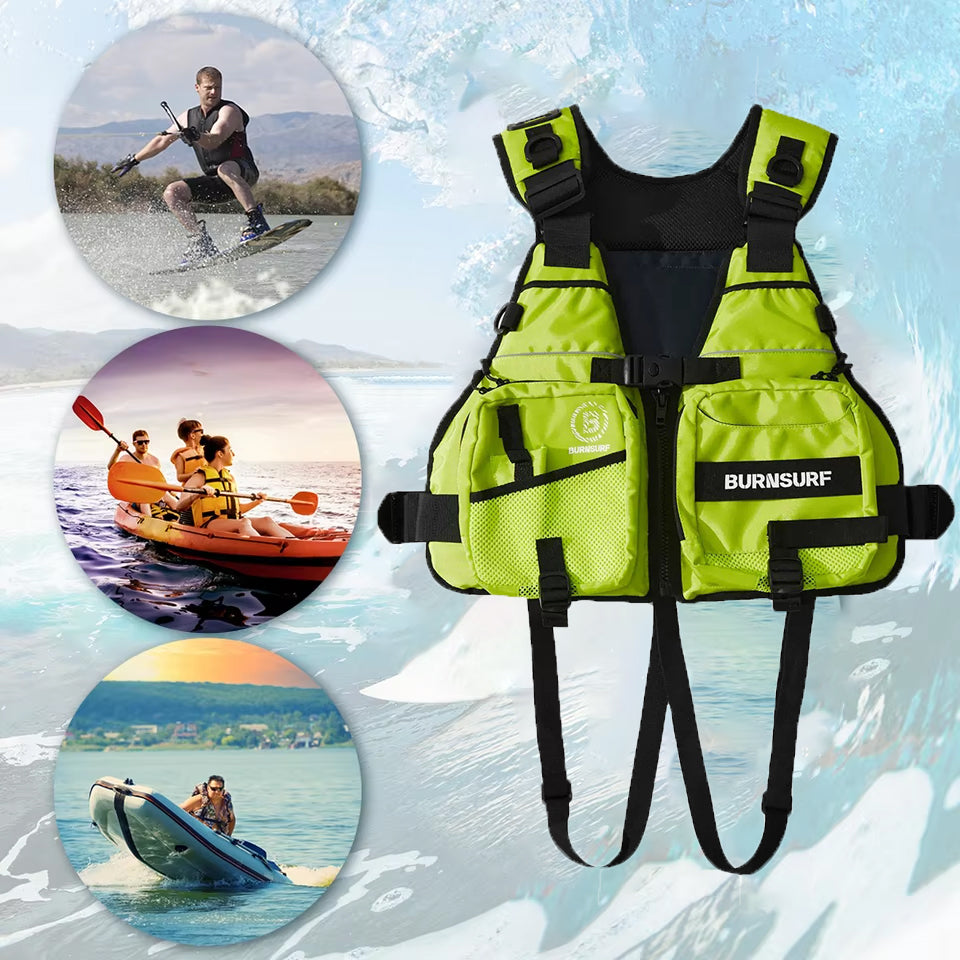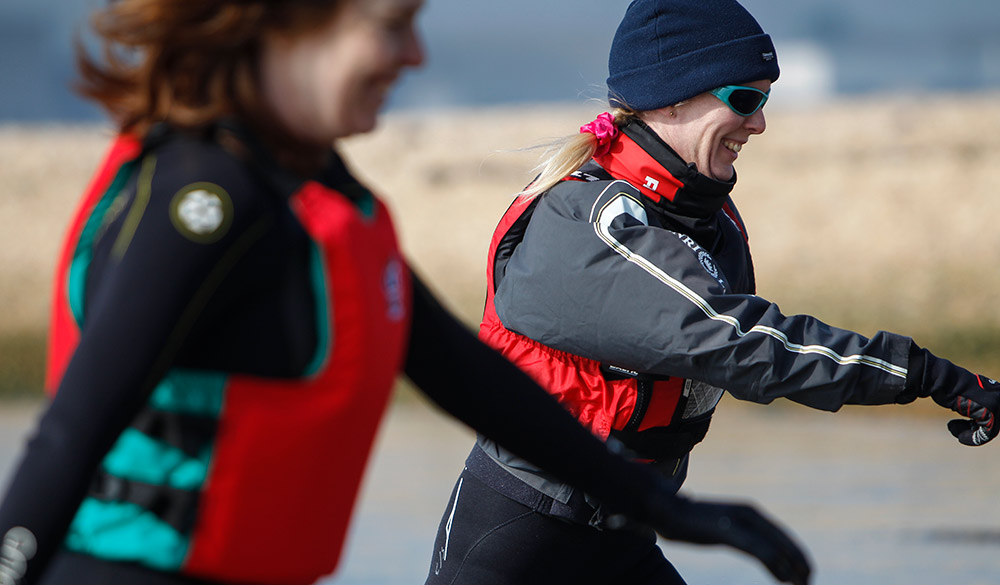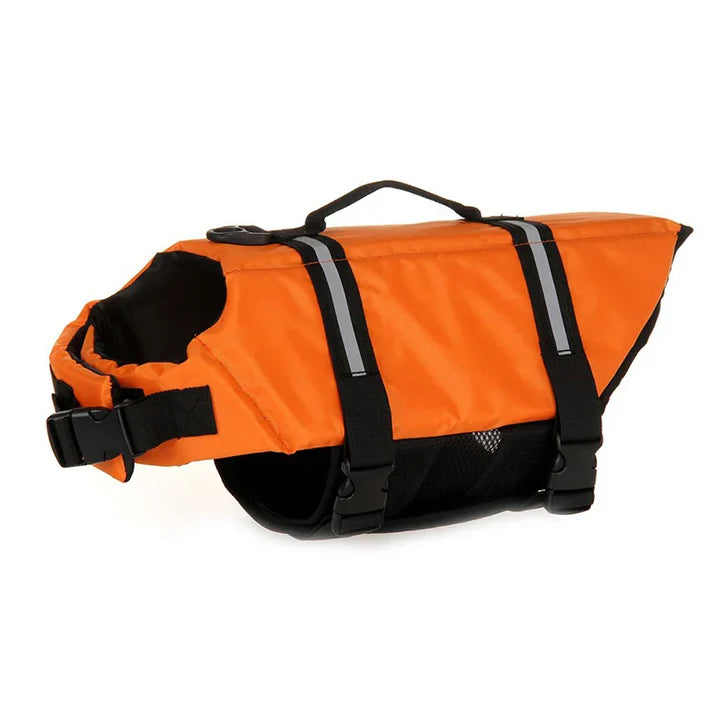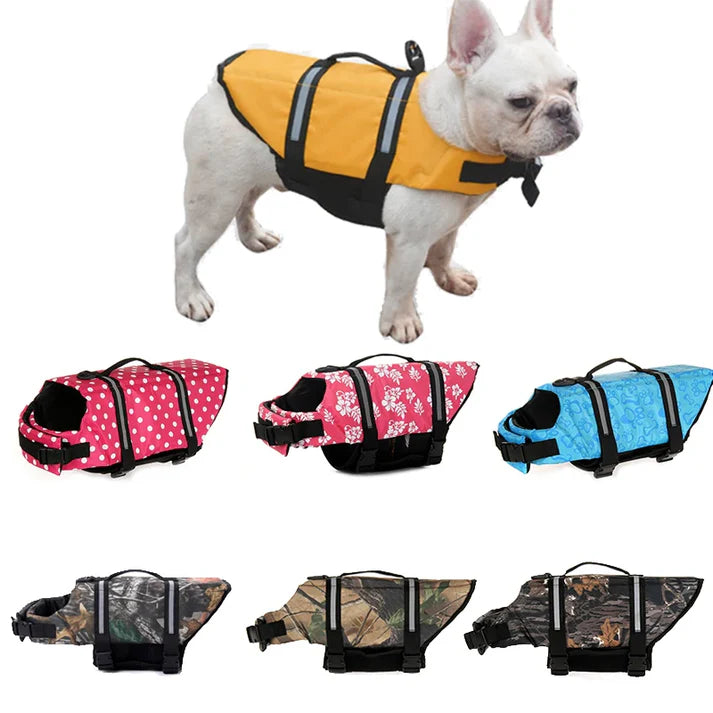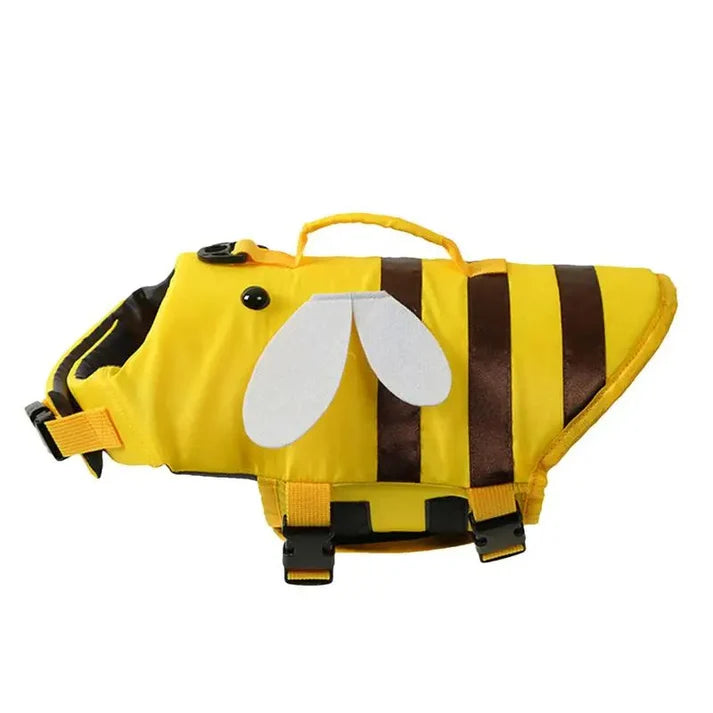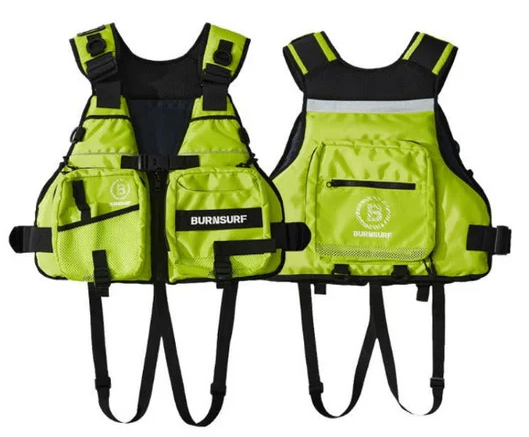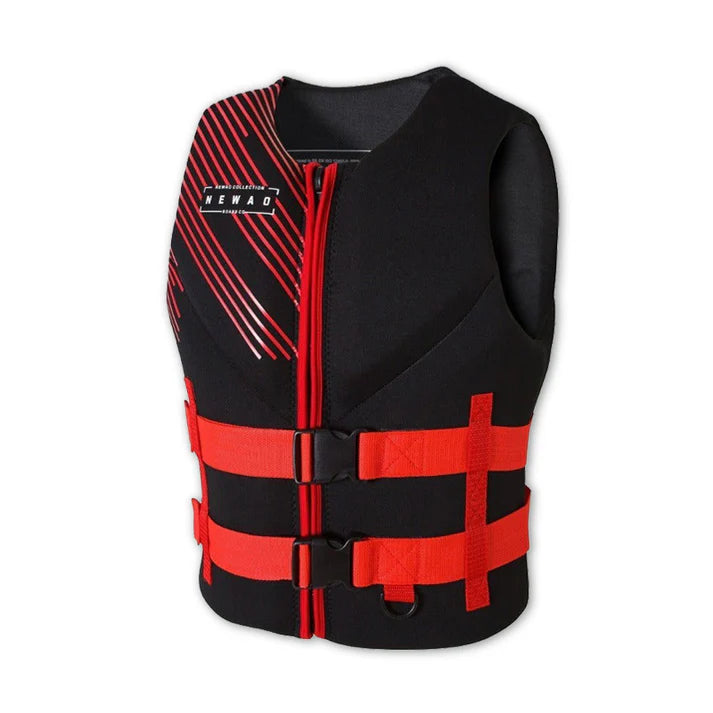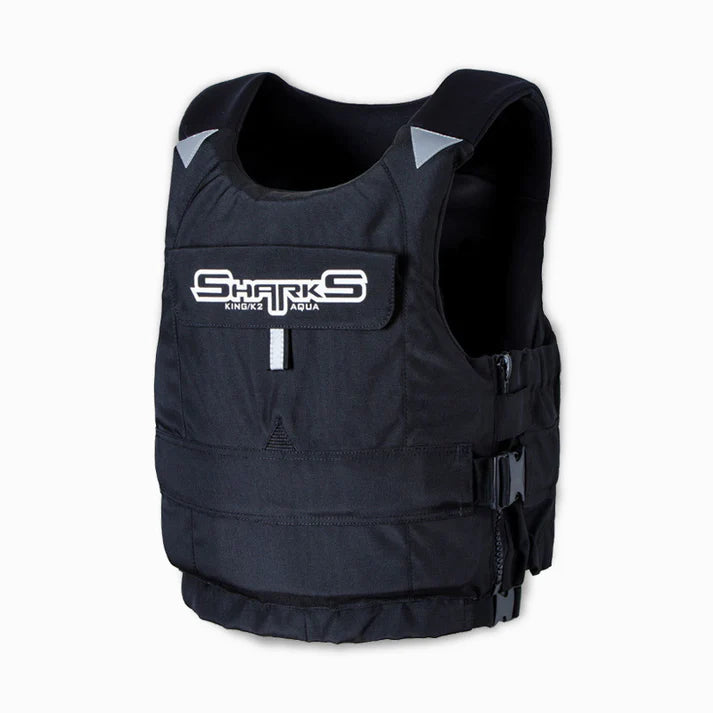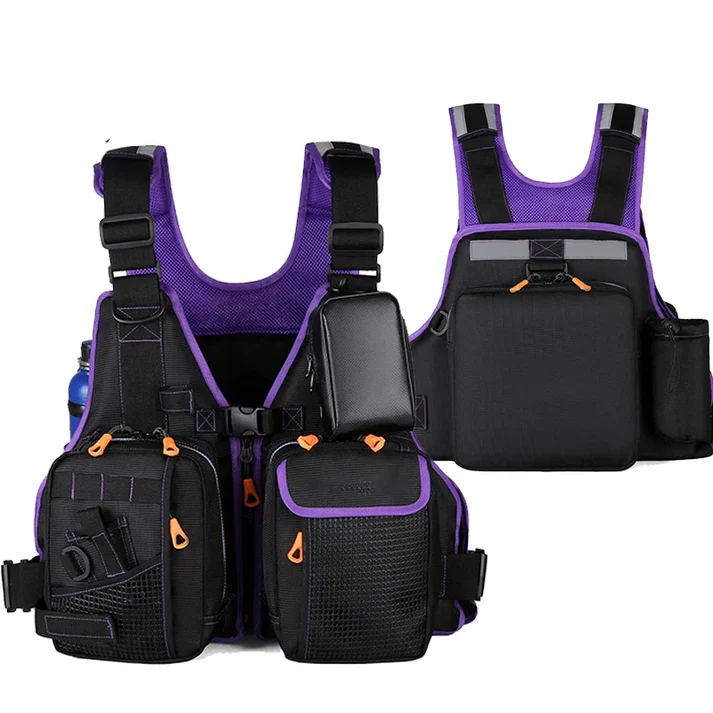Top Tips for Choosing and Using Life Jackets in Winter
As winter settles in, many people may think that water activities are off the table. However, winter sports like ice fishing, snowmobiling on frozen lakes, and even winter kayaking are popular and enjoyable. While these activities can be thrilling, safety remains paramount, especially when it comes to water safety. Life jackets are essential, even in colder months. Here are some top tips for choosing and using life jackets during winter.

Understanding the Importance of Life Jackets in Winter
Even in cold weather, unexpected situations can arise, such as falling through ice or capsizing in a kayak. Hypothermia can set in quickly in cold water, making it crucial to wear a life jacket that provides buoyancy and warmth.
Why You Should Wear a Life Jacket in Winter
- Increased Risk of Hypothermia: Cold water can rapidly lower body temperature. A life jacket can help keep you afloat while you await rescue.
- Visibility: Brightly colored life jackets improve visibility against the stark winter landscape, making it easier for rescuers to spot you.
- Layering for Warmth: Life jackets can be worn over winter clothing for added insulation, allowing you to stay warm while maintaining safety.
- Enhanced Safety: In case of a fall, a life jacket can help keep your head above water, giving you precious time to regain your composure.
Choosing the Right Life Jacket for Winter
1. Type of Life Jacket
- Type III Flotation Aids: These are typically more comfortable and allow for mobility, making them suitable for winter activities like ice fishing or kayaking.
- Type V Special Use Jackets: If you’re engaging in specific activities like kayaking, look for jackets designed for colder conditions that might include additional insulation or thermal layers.
2. Insulation and Material
Opt for life jackets made with materials that provide insulation. Some models come with thermal layers to help retain body heat in cold water. Look for jackets with:
- Neoprene: Provides warmth and flexibility, ideal for colder conditions.
- Synthetic Insulation: Materials that trap heat while remaining lightweight can be beneficial.
3. Fit and Comfort
Ensure that the life jacket fits snugly over your winter clothing. Adjustable straps are essential for a secure fit, especially when wearing bulky layers. Consider:
- Size and Weight Capacity: Choose a life jacket that accommodates your size and weight for optimal buoyancy.
- Comfort Features: Look for jackets with padded shoulders and breathable fabrics to enhance comfort during long wear.
4. Check for Certification
Always look for the U.S. Coast Guard approval label to ensure that the life jacket meets safety standards. This certification guarantees that the jacket will perform as expected in an emergency.
Using Life Jackets Properly in Winter
1. Always Wear It
This remains the most important rule. No matter how confident you feel, always wear your life jacket during any water-related winter activity. Make it a habit to put it on before stepping onto the ice or into the boat.
2. Educate Your Group
If you’re participating in winter activities with friends or family, ensure everyone understands the importance of wearing life jackets. Make it a group rule, and consider hosting a brief safety meeting before your outing to discuss the risks and safety measures.
3. Inspect for Damage
Cold weather can affect the integrity of materials. Before using your life jacket, check for any signs of wear and tear, ensuring it’s in good condition. Look for:
- Cracks or Tears: Inspect the exterior for any visible damage.
- Functional Straps and Buckles: Ensure that all straps and buckles work properly for a secure fit.
4. Practice Cold Water Safety
If you’re not used to being in cold water, practice how to react if you fall in. Knowing how to stay calm and how your life jacket will support you can make a significant difference. Consider:
- Cold Water Survival Techniques: Familiarize yourself with techniques like the HELP (Heat Escape Lessening Posture) position to minimize heat loss if you fall into cold water.
- Emergency Drills: Conduct practice drills with your group to simulate emergencies and ensure everyone knows what to do.
5. Be Aware of Ice Conditions
If you’re on ice, make sure it’s thick enough to support your weight. Always wear a life jacket, even if you’re on solid ice, as accidents can happen. Check:
- Ice Thickness: At least 4 inches of clear ice is generally considered safe for walking; thicker ice is required for snowmobiles or vehicles.
- Weather Conditions: Be aware of changing weather that can affect ice stability.
6. Layering Techniques
When dressing for winter activities, consider layering. Wear moisture-wicking base layers, insulating mid-layers, and waterproof outer layers. A life jacket should fit comfortably over these layers without restricting movement.
7. Personal Flotation Devices for Children
If you’re taking children out, ensure they have properly fitting life jackets designed for their size. Teach them about the importance of wearing their jackets at all times and make it a fun part of the experience.
Winter doesn’t mean you have to forgo water activities, but it does require extra caution. Choosing the right life jacket and using it properly can help ensure your safety while enjoying winter sports. Remember, whether you’re ice fishing, snowmobiling, or kayaking, safety should always come first. Stay warm, stay safe, and enjoy all that winter has to offer! Embrace the season while prioritizing your well-being, and make lasting memories on the water this winter.

